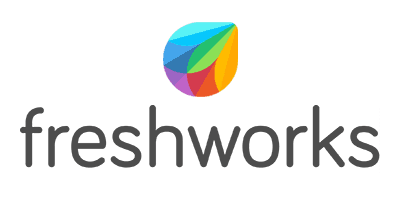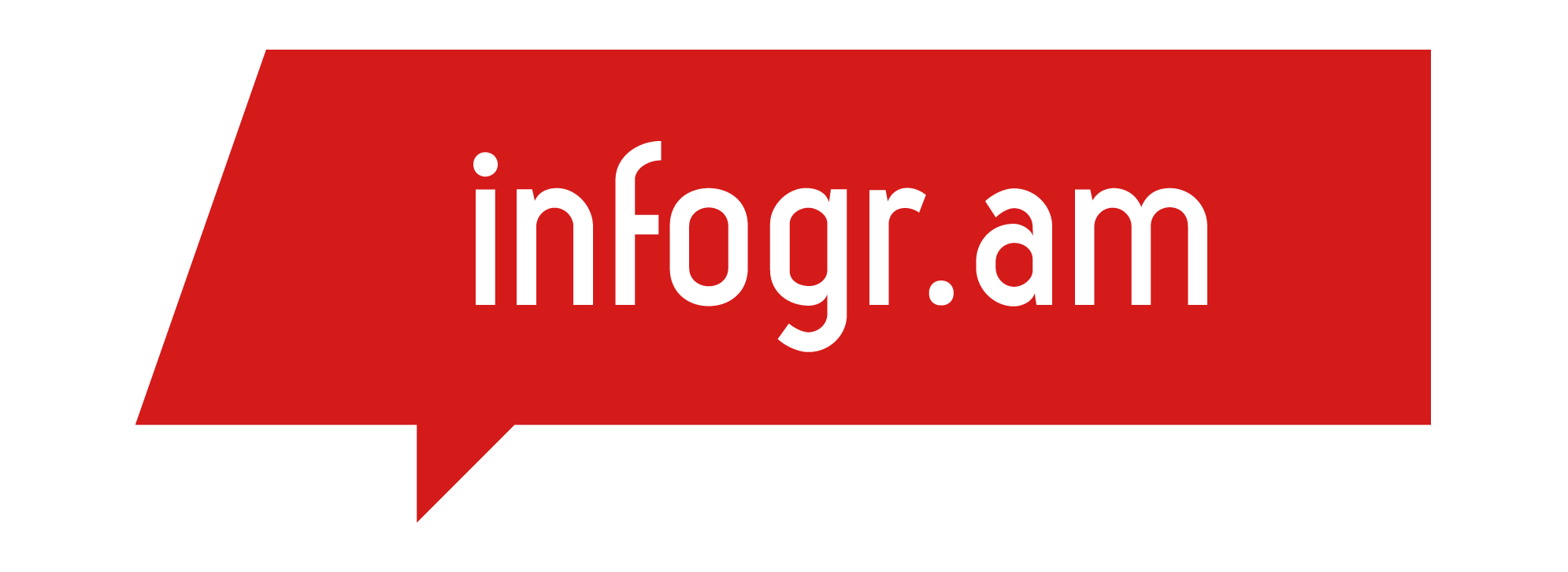Data and Analytical Strategy
Intelsoft is a reliable inhouse & outsourcing partner for companies that want to gain quick, frequent, and flexible analytical insights out of their data. Our data analysis services allow businesses to get their data collected, processed, and presented to them in the form of actionable insights.
Although an ideal data and analytics strategy utilizes all three, most companies use data and analytics as an enabler. There are no right or wrong choices — it depends on the organization. Establish the business value and match it with the core business strategy of the company for the best data and analytics approach. The most common options are:
- Operational excellence - Bring value through cost focus. Outsmart competitors with a superior grip on business processes.
- Product innovation — Seek value by creating the most desired products (or innovative business model) on the market. Margins are sustained by premium pricing for technologically advanced or fashionable products/services.
- Customer intimacy — Show superior knowledge about customers and the ability to move quickly despite not having the best or cheapest products. These offers are always well-fitted to the moment.
- Risk management — Create business value and differentiation by being able to mitigate risks in business that others can’t.
Data and analytics success over competitors requires a much more expansive role for data and analytics in business value generation. Generally, three kinds of trajectories can be used for looking at a data and analytics strategy. They tend to focus on:
- D&A as a Utility — A generic capability. It should be available to everybody for myriad requirements and for all kinds of intended business value.
- D&A as an Enabler — Always targeted toward a specific business goal. Secondary value should come from reusing the data and analytics for other business purposes.
- D&A as an Enabler — Always targeted toward a specific business goal. Secondary value should come from reusing the data and analytics for other business purposes.
Business Intelligence & Reporting
We are a specialist consultancy with years of experience delivering Business Intelligence and Data Warehouse solutions. Our deep technology experience, coupled with strong business acumen, means we have an in-depth understanding of how BI will improve your business.
The term business intelligence reporting can refer to a wide range of use cases in BI—from static reports to interactive dashboards to embedded analytics. While your immediate need may be one specific use case, it's important to plan your BI strategy with the bigger picture in mind. For example, static reports may also need alerts when KPIs pass a threshold. This may lead to requiring real-time dashboards. Dashboards may lead to the need for full self-serve BI so that any user can explore the data to quickly answer questions themselves.
Here are the primary business intelligence reporting capabilities and use cases:
-
Self-service BI
We enable your business users to easily analyze data without writing code through development and integration of visually meaningful and interactive dashboards and reports. Further, modern BI platforms that use an associative engine allow users to explore data freely in any direction, recalculating analytics and highlighting data relationships after each click.
-
Dashboards and data visualization
Dashboards and data visualization are used to improve understanding, allow collaboration and share information across an organization. Interactive dashboards that include rich data visualizations of charts, graphs and maps make it easier for stakeholders to understand and collaborate. Modern BI tools make it simple for any user to easily interact with the data themselves and create their own custom dashboards with drag-and-drop tools.
-
Static reports and alerting
Static reports and alerting are also important ways for stakeholders to stay on top of their business and take quick action. BI software should allow users to easily build and share static reports in popular document formats and to set up data-driven, real-time alerts when KPIs pass a threshold.
-
Augmented analytics
Augmented analytics uses artificial intelligence (AI) and machine learning to enhance human intuition with suggested insights and analyses, automation of tasks, search & natural language interaction, and real-time advanced analytics.
-
Embedded BI
Integrates business intelligence capabilities within applications, products, portals or processes. This lets employees, partners, customers and suppliers quickly access data and insights in their workflows rather than switching to a separate application. In this way, embedded BI helps people find insights and make better decisions faster.
Effective business intelligence reporting starts with a set of proven best practices.
-
Identify your audience and their needs.
Define in advance of any project or program all BI reporting requirements for different stakeholders. Use KPI examples to help guide teams in selecting the most impactful key performance indicators.
-
Prep your data.
Turn raw data into clean, business ready information via data replication, ingestion and transformation to combine different types of data into standardized formats stored in a repository such as a data lake or data warehouse.
-
Be flexible and scalable.
Make sure you have a flexible deployment and scalable multi-cloud architecture so that users can access and share data insights between on-premises and cloud deployments while keeping governance and trust standards high.
-
Govern your data.
Traditional BI tools require users to go through the IT team to set up permissions. Modern BI tools provide a governed data catalog which profiles and documents every data source and defines who can take which actions on which data.
-
Tell your data story.
Learn how to produce compelling visualizations and design dashboards so you can highlight important information and use visual cues to tell your data story in an engaging way.
-
Iterate and evolve.
Be willing to adapt your BI reporting process to advances in technology and changes in business needs.
-
Cultivate data literacy.
Leverage data literacy training and tools to help your organization become more data driven.





Data Visualization
Your data has a story to tell. Let us give it a voice. We help our clients with visualization and dashboarding so they can make data-driven decisions. We help you leverage data to improve your services, products, and processes. Our solution-focused teams can help you develop data visualization from the ground up.
-
Define a Clear Purpose
Our Data visualization experts focus on defining clear purpose for Data visualization and answer vital strategic questions, provide real value, and help solve real problems. This approach can be used to track performance, monitor customer behavior, and measure effectiveness of processes, for instance. Taking time at the outset of a data visualization project to clearly define the purpose and priorities will make the end result more useful and prevent wasting time creating visuals that are unnecessary.
-
Know the Audience
A data visualization is useless if not designed to communicate clearly with the target audience. It should be compatible with the audience’s expertise and allow viewers to view and process data easily and quickly. Take into account how familiar the audience is with the basic principles being presented by the data, as well as whether they’re likely to have a background in STEM fields, where charts and graphs are more likely to be viewed on a regular basis.
-
Keep It Organized and Coherent
Coherence is especially important when compiling a big data set into a visualization. A coherent design will effectively fade into the background, enabling users to easily process information. The best visualizations help viewers reach conclusions about the data being presented without being “in-your-face” or otherwise drawing attention to themselves. They simply show the data in the best possible way.
-
Make Data Visualization Inclusive
Professionals at Intelsoft Services help analyze how people responded to different color combinations used in charts, assuming that they would have stronger preferences for palettes that had subtle color variations since it would be more aesthetically appealing.
-
Don’t Distort the Data
A great data visualization should tell the story clearly, avoiding distortions. Avoid the use of visual representations that don’t accurately represent the data set, like pie charts in 3D.






- Toronto, ON
- +1 289 512 2199
-
info@intelsoft.ca
support@intelsoft.ca

